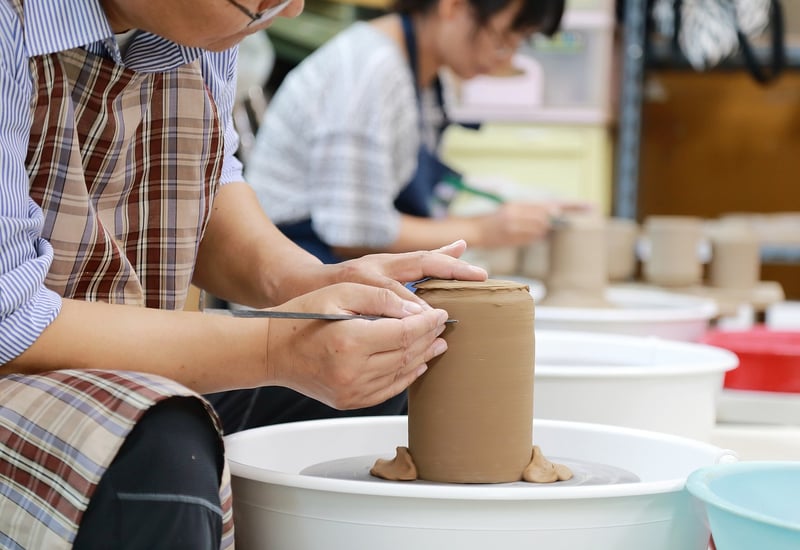Box Breathing Method
Control Stress Through Breath: Box Breathing Method
Stress is a common issue that many people face in their daily lives. Fortunately, there are various techniques to help manage and reduce stress levels. One effective method that has gained popularity is the Box Breathing Technique.
What is Box Breathing?
Box Breathing, also known as Square Breathing, is a simple yet powerful breathing technique that can help calm the mind, reduce stress, and improve focus. It involves taking slow, deep breaths in a specific pattern to regulate the breath and promote relaxation.
How to Practice Box Breathing:
- Inhale: Start by inhaling deeply through your nose for a count of four seconds. Focus on filling your lungs with air.
- Hold: Hold your breath for another count of four seconds. Keep your lungs full but avoid straining.
- Exhale: Slowly exhale through your mouth for four seconds, releasing all the air from your lungs.
- Hold: Finally, hold your breath for another count of four seconds before beginning the next cycle.
Repeat this cycle for several minutes, focusing on the rhythmic pattern of your breath and the sensation of relaxation that follows.
Benefits of Box Breathing:
- Stress Reduction: Box Breathing helps activate the body's relaxation response, reducing stress and anxiety levels.
- Improved Focus: By regulating your breathing, you can enhance concentration and mental clarity.
- Enhanced Performance: Athletes and performers often use Box Breathing to calm nerves and improve performance under pressure.
- Better Sleep: Practicing this technique before bedtime can promote relaxation and improve sleep quality.
Conclusion
Box Breathing is a simple yet effective technique that can be practiced anywhere, anytime. Whether you're feeling stressed, anxious, or simply need a moment of calm, incorporating this breathing exercise into your routine can help promote relaxation and overall well-being.
Give Box Breathing a try and experience the benefits of controlling stress through your breath.

For more information on stress management techniques, visit Healthline.
